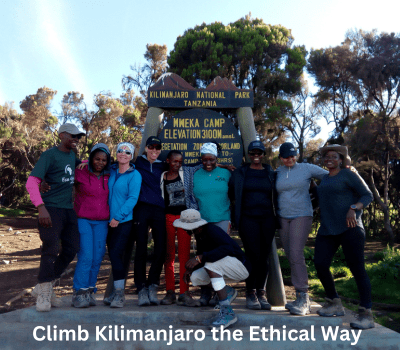Can I Navigate Kilimanjaro's Routes Without a Guide?
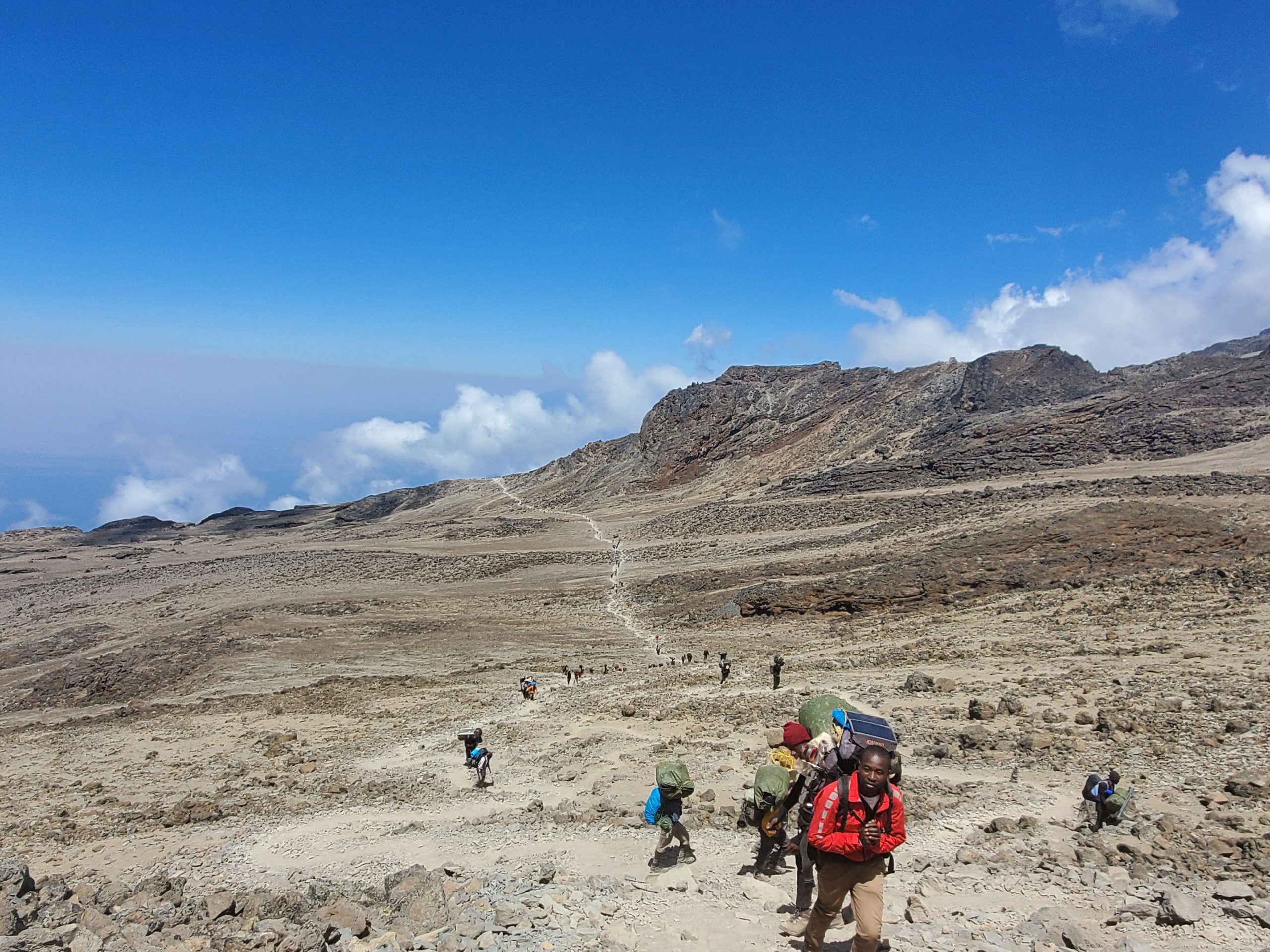
Introduction: The Dream of Solo Trekking Kilimanjaro
Many adventure travelers dream of conquering Mount Kilimanjaro solo, navigating its majestic trails under their own steam. The idea of tackling Africa’s highest peak without a guide might seem like the ultimate badge of independence—but is it actually possible or even legal?
Mount Kilimanjaro, rising 5,895 meters above sea level, is one of the most famous non-technical climbs in the world. Unlike Everest or Denali, it doesn’t require ropes or ice axes, leading some to believe it’s suitable for solo trekking. But there’s more to Kilimanjaro than just altitude and trails.
In this guide, we break down the facts, bust some myths, and explain exactly what it takes to safely—and legally—navigate Kilimanjaro’s routes. Whether you’re a budget traveler, ultra-light hiker, or a seasoned mountaineer, this article gives you the truth about going it alone.
Are Independent Treks Allowed on Kilimanjaro?
No. As per regulations enforced by the Tanzania National Parks Authority (TANAPA), it is illegal to climb Mount Kilimanjaro without a licensed guide. Every climber must be accompanied by a registered tour operator who handles permits, logistics, and staffing.
This rule exists for several reasons, including safety, environmental protection, and employment for local communities. Solo hiking is not permitted on any of Kilimanjaro’s official routes—including the Lemosho, Machame, or Northern Circuit routes.
So if you’re thinking of flying into Tanzania, grabbing a map, and heading up the mountain alone—know that park rangers at the entry gates will turn you away unless you’re booked through a licensed operator like Eco-Africa Climbing.
Why the National Park Requires a Licensed Guide
Mount Kilimanjaro isn’t just a mountain—it’s a protected natural reserve and a UNESCO World Heritage Site. To preserve its delicate ecosystem and ensure climber safety, the Tanzanian government mandates guided climbs for all visitors.
Here’s why guides are required:
- Safety: Altitude sickness, unpredictable weather, and remote trails make guidance essential.
- Rescue Coordination: Only licensed operators have authority to coordinate evacuations or helicopter rescues.
- Environmental Monitoring: Guides ensure Leave No Trace ethics and waste disposal rules are followed.
- Local Employment: The tourism industry sustains thousands of jobs through porters, guides, and support crews.
Companies like Eco-Africa Climbing go beyond just hiring guides. We employ Wilderness First Responder (WFR) certified professionals, train our porters ethically under KPAP, and provide full medical and safety coverage for every guest.
Understanding Kilimanjaro’s Route Terrain and Navigation Challenges
Kilimanjaro’s trails may not be technically difficult, but they are physically and mentally demanding. Each route presents its own challenges—long days, rapid elevation gain, and fatigue-induced decision-making.
While the paths are marked, they’re not always obvious in bad weather or fog. Rock slides, snow at higher altitudes, and seasonal changes can alter trail conditions. Without a guide, it’s easy to miss turns or misjudge timing—especially when altitude sickness clouds your thinking.
Even routes like the Machame Route or Northern Circuit—both considered “well-worn”—contain narrow passes and steep scrambles that demand local knowledge and real-time adjustments.
The Realities of GPS and Offline Navigation on Kilimanjaro
Some travelers wonder, “What if I just use a GPS or an app like AllTrails?” While technology can assist with basic navigation, it should never replace human expertise—especially at high altitude.
GPS accuracy drops in dense fog or under tree cover. Battery life suffers in cold temperatures. And worst of all, if you fall ill, injured, or disoriented, your app can’t help you descend safely. Rescue teams rely on your guide for location reporting and evacuation decisions.
That’s why even experienced trekkers trust certified local teams. Our guides at Eco-Africa Climbing not only know the mountain—they know the signs of altitude sickness, how to avoid overexertion, and how to keep your journey safe and successful.
Legal Consequences of Attempting an Unguided Climb
Trying to climb Kilimanjaro without a guide isn’t just risky—it’s illegal. TANAPA regulations are strictly enforced at all park entry gates. If you show up without a licensed operator, you will be denied entry. If somehow you bypass the gates and are caught mid-route, you could face:
- Immediate removal from the park
- Heavy fines
- Blacklisting from future entries into Tanzania’s national parks
- Legal action by local authorities
These policies exist to protect you, the environment, and the thousands of Tanzanians whose livelihoods depend on guided tourism. Solo trekking may be allowed in other parts of the world, but Kilimanjaro is a national treasure with systems in place to ensure responsible access.
You can read the official TANAPA regulations on the TANAPA website. Or better yet, let a trusted operator like Eco-Africa Climbing take care of the logistics for you.
The Safety Risks of Navigating Kilimanjaro Alone
Even with a map, GPS, and a high level of fitness, navigating Kilimanjaro alone is dangerous. Altitude sickness (Acute Mountain Sickness or AMS) can strike unexpectedly, often without warning. Symptoms include headaches, dizziness, nausea, confusion, and—in severe cases—life-threatening edema.
Without a guide to recognize these symptoms early, solo trekkers are vulnerable to misjudging their condition. Many who attempt to “push through” AMS end up making critical errors—climbing too fast, skipping rest, or losing the ability to make sound decisions.
Our guides at Eco-Africa Climbing perform daily pulse oximeter checks and are trained in Wilderness First Response. We carry emergency oxygen and coordinate rapid evacuation if needed—tools and knowledge that no solo app or device can replace.
The Value of Local Guides Beyond Navigation
Navigating the trail is just one piece of a Kilimanjaro expedition. Your guide is also your coach, medic, cultural ambassador, and environmental steward. They set a pace that matches your ability, spot signs of stress before you do, and inspire you to keep going when the going gets tough.
With Eco-Africa Climbing, every guide is not only licensed but deeply experienced—many with over 100 successful summits. They know which parts of the trail become slippery in rain, where to take the best photos, and how to prepare you for summit night both physically and mentally.
This human element can’t be downloaded. A good guide doesn’t just lead—they lift. And when you’re cold, tired, and facing your fears at 5,000 meters, having someone who believes in you makes all the difference.
When Tech Fails: Why Human Judgment Wins at High Altitude
While GPS apps may show you the “route,” they cannot calculate your hydration level, energy reserves, oxygen saturation, or mood. They won’t adjust your pace based on how well you’re acclimating. They won’t carry your bag when you’re exhausted or share a Swahili song to lift your spirits.
On Kilimanjaro, it’s not about the map—it’s about the mountain. The terrain, weather, and your own physiology are constantly shifting variables. That’s why climbing with a team of professionals who monitor you closely each day isn’t a luxury—it’s essential.
And when the moment comes to summit, and your body wants to quit, it won’t be an app that gets you there—it will be your guide’s calm voice, steady encouragement, and seasoned judgment that makes the impossible feel within reach.
Guides as Guardians: Protecting Kilimanjaro’s Fragile Ecosystem
Kilimanjaro’s alpine ecosystems are delicate. Increased tourism has placed strain on water sources, vegetation, and waste management. That’s why all climbs must follow Leave No Trace principles and carry out all waste.
Guides enforce these rules, educate guests, and ensure their team leaves the environment better than they found it. At Eco-Africa Climbing, we train our staff through Leave No Trace Tanzania, partner with KPAP, and donate a portion of profits to local conservation.
Solo trekkers—without training or oversight—often contribute to environmental degradation, even unknowingly. That’s why guided climbs aren’t just for your safety. They’re for Kilimanjaro’s survival too.
Why the Guide Requirement Benefits Climbers
While it may feel like a restriction, Tanzania’s requirement for guided climbs is one of the main reasons Kilimanjaro has maintained its status as one of the safest high-altitude treks in the world. Licensed operators like Eco-Africa Climbing ensure:
- Medical monitoring each day
- Professional porters to carry your gear
- Fresh meals prepared daily
- Emergency evacuation readiness
- Ethical crew treatment under KPAP guidelines
This comprehensive support system means you can focus on the journey—not logistics. It gives you peace of mind, boosts your summit chances, and ensures the entire climb is smooth, supported, and deeply meaningful.
Common Myths About “DIY” Kilimanjaro Climbs
Despite clear regulations, many forums and travel groups still circulate misinformation about solo trekking on Kilimanjaro. Let’s clear up the most common myths:
- “It’s cheaper without a guide.” – Solo climbs are illegal. Attempting them may result in fines or worse. Ethical tours can still be affordable when booked with local operators like Eco-Africa Climbing.
- “I can sneak past the gates.” – Park rangers are stationed at every route. Even if you get through, checkpoints exist mid-route and summit registration is mandatory.
- “I don’t need support; I’ve done tougher hikes.” – Kilimanjaro’s altitude, length, and climate make it unlike most mountains. Guides aren’t just for navigation—they’re for survival.
Always rely on up-to-date, verified information from reputable operators—not random online posts.
What Happens If You Get Lost or Injured Without a Guide?
Without a licensed guide, you’ll be unregistered with park authorities—meaning nobody will be expecting you at the checkpoints or summit logs. If you go missing or suffer injury, there’s no way to trace your progress or coordinate a rescue quickly.
Guides are trained in search-and-rescue protocol, communicate daily with rangers, and log every team member’s vital stats. If something goes wrong, they act fast. Without them, the mountain becomes infinitely more dangerous.
It’s also worth noting that insurance providers may refuse claims for unauthorized, unguided climbs—leaving you vulnerable to massive evacuation costs.
A Better Option: Solo Climbs with a Private Guide
Want solitude and self-reflection on the trail? You can still have it—legally and safely—by booking a private climb or a custom itinerary with a personal guide.
At Eco-Africa Climbing, we regularly guide solo trekkers who want flexibility, space, and a deeper connection with the mountain. You walk at your own pace, take breaks when needed, and receive undivided attention from your expert guide—while still complying with park regulations.
This offers the best of both worlds: freedom and support. Privacy and safety. Solitude and shared knowledge. It’s the ideal path for independent travelers who still value professional oversight.
Self-Guided vs. Guided Treks: What You Actually Get
| Feature | Self-Guided (Illegal) | Guided Trek (Legal) |
|---|---|---|
| Park Access | Denied | Fully authorized |
| Medical Checks | None | Daily pulse oximeter & health monitoring |
| Rescue Support | None | 24/7 ranger & helicopter access |
| Meals & Logistics | Self-managed | Full support crew (chefs, porters) |
| Gear Carriage | On your own | Included porters & equipment support |
| Safety | High risk | Professional protection & guidance |
| Summit Success Rate | Unknown / unlikely | High (Eco-Africa: 95%+) |
This comparison says it all—guides don’t take away from your journey, they make it possible.
Conclusion: You Can’t Climb Alone, But You Can Climb Smart
Mount Kilimanjaro is a place of wonder, challenge, and deep transformation—but it’s not a place for solo trekking. The law, the terrain, and your safety all demand the presence of a licensed guide. While it may sound romantic to go it alone, the reality is that guided climbs offer more freedom, not less. Freedom from logistics, freedom from risk, and freedom to truly experience the mountain.
At Eco-Africa Climbing, we offer guided climbs that feel personal, empowering, and entirely yours. From Machame to Lemosho, from Northern Circuit to customized itineraries, we make the journey safe, seamless, and unforgettable.
Climb responsibly. Climb ethically. Climb with the people who know Kilimanjaro like their home—because it is.
Frequently Asked Questions (FAQs)
Is it possible to sneak onto Kilimanjaro without a guide?
No. Park rangers check permits at gates and throughout the trail. Solo climbers will be turned away or penalized. All climbs must be arranged through licensed operators like Eco-Africa Climbing.
Can I climb with a private guide but no group?
Yes! You can book a private, one-on-one climb through our solo or private trek option. You’ll get flexibility, personalization, and full safety support.
How do I know if my guide is licensed?
Always choose a KPAP-partnered company like Eco-Africa Climbing. We ensure all guides are certified, ethical, and professionally trained.
What’s the cheapest way to climb legally?
Join a group climb! We offer budget-friendly options on routes like Machame or 7 Days Lemosho. You’ll share costs while enjoying full support.
Is a guided climb still a real adventure?
Absolutely. You’ll still face the elements, push your limits, and reach the summit. A great guide enhances your experience—without taking anything away from the adventure.
Book a Guided Climb and Make Your Kilimanjaro Dream a Reality
Ready to climb the right way? Visit Eco-Africa Climbing and explore our best routes:
- 8 Days Lemosho – our most scenic, flexible route
- 9 Days Northern Circuit – best for acclimatization
- 7 Days Machame – our most popular group route
Need help deciding? Start with a free quote request and let us build the perfect climb for you.
Share:
Related Posts
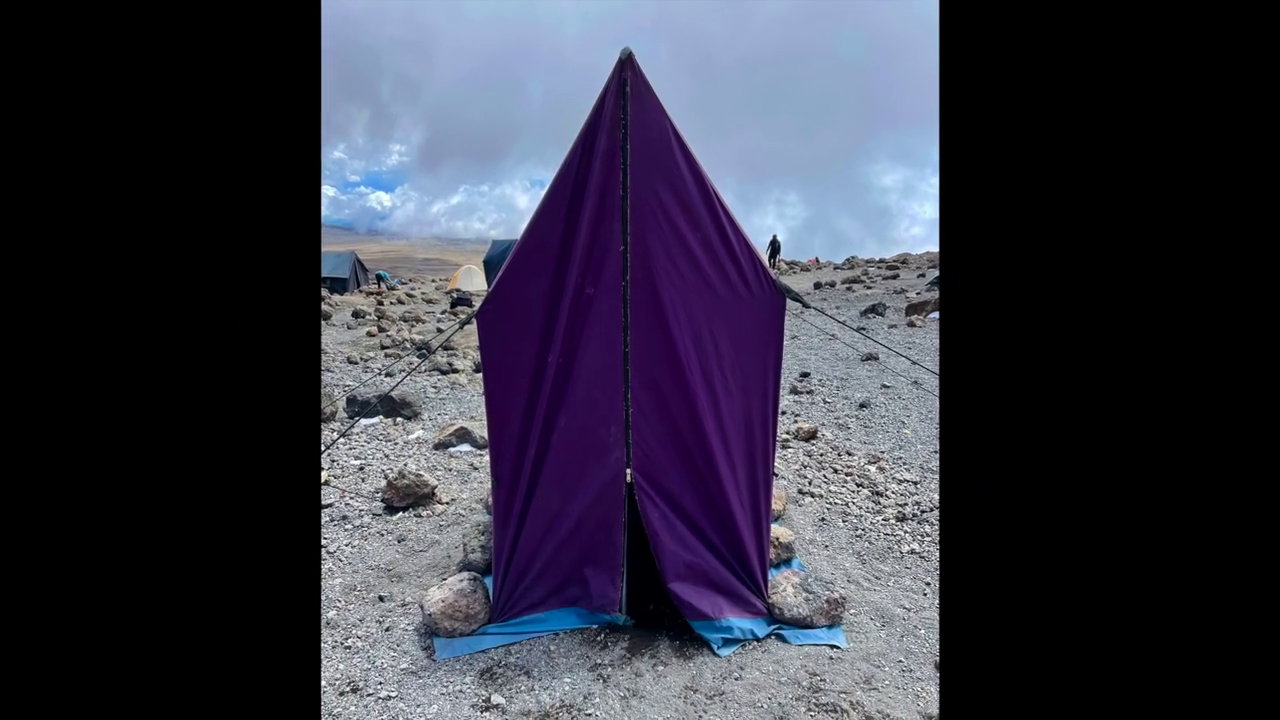
bathroom on mountain kilimanjaro
Bathroom on Mountain Kilimanjaro: What to Expect and How to Prepare Introduction One of the most common — and least discussed — questions from people
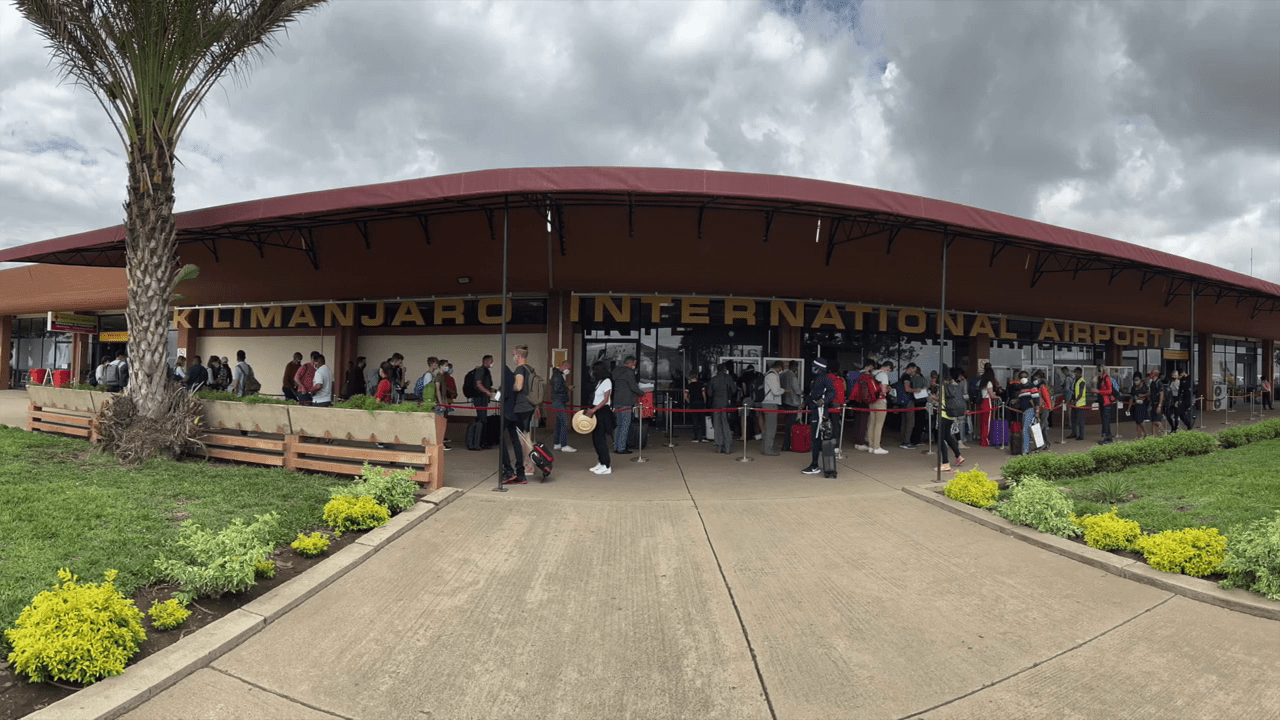
Are Guides Readily Available in Tanzania Without Prior Booking?
Are Guides Readily Available in Tanzania Without Prior Booking? Introduction: Should You Risk Climbing Without Pre-Booking? Climbing Mount Kilimanjaro is a dream for many adventurers.
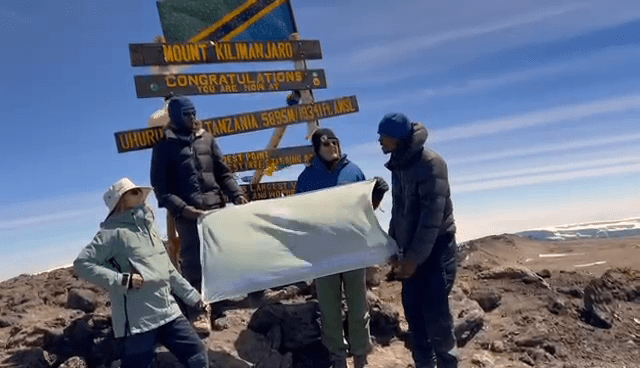
How Can I Find a Reliable Local Guide for My Kilimanjaro Expedition?
How Can I Find a Reliable Local Guide for My Kilimanjaro Expedition? Introduction: Why the Right Guide Is Key to Kilimanjaro Success Climbing Mount Kilimanjaro
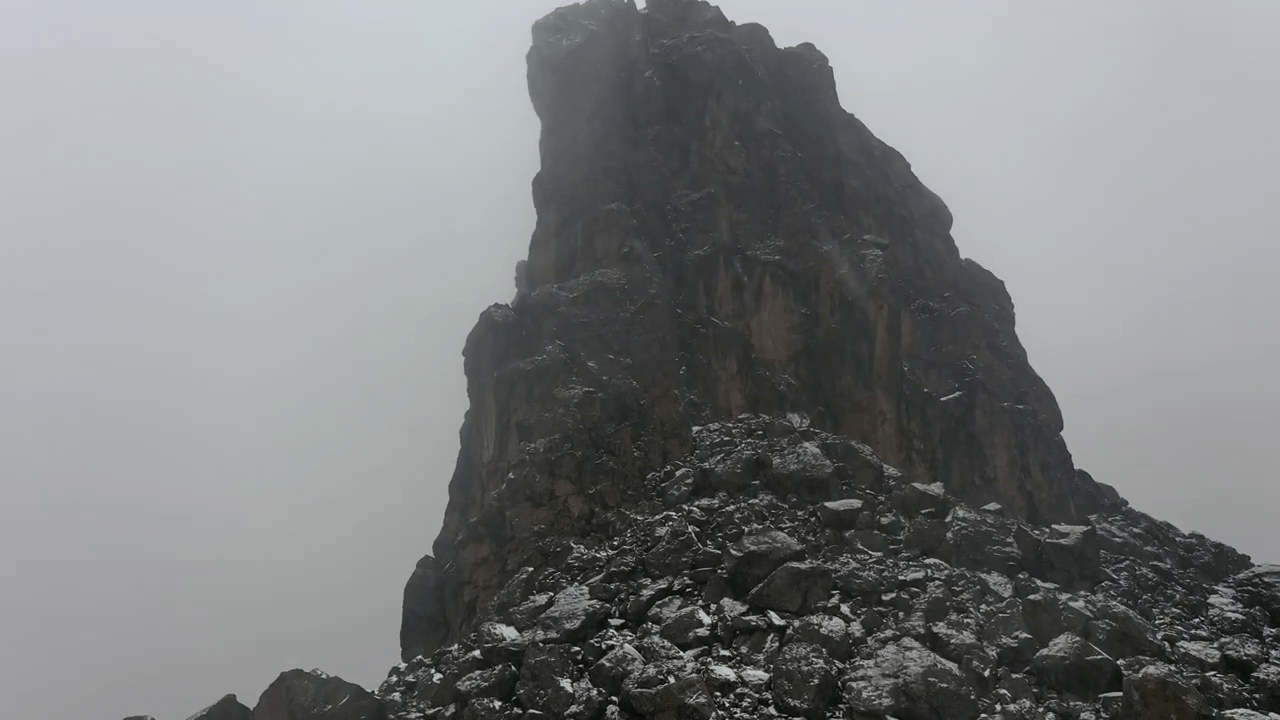
Is Climbing Kilimanjaro Dangerous for Individuals Without Mountaineering Experience?
Is Climbing Kilimanjaro Dangerous for Individuals Without Mountaineering Experience? Introduction: The Myth of Danger and Experience Many aspiring adventurers wonder if climbing Mount Kilimanjaro is
